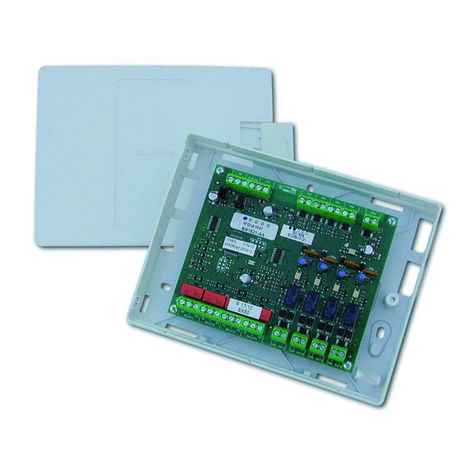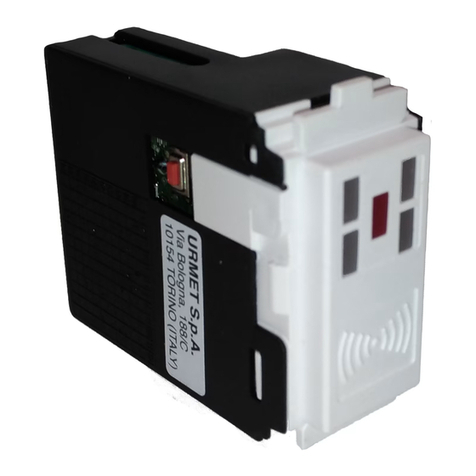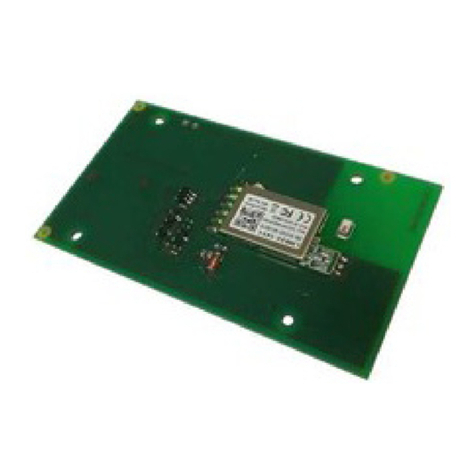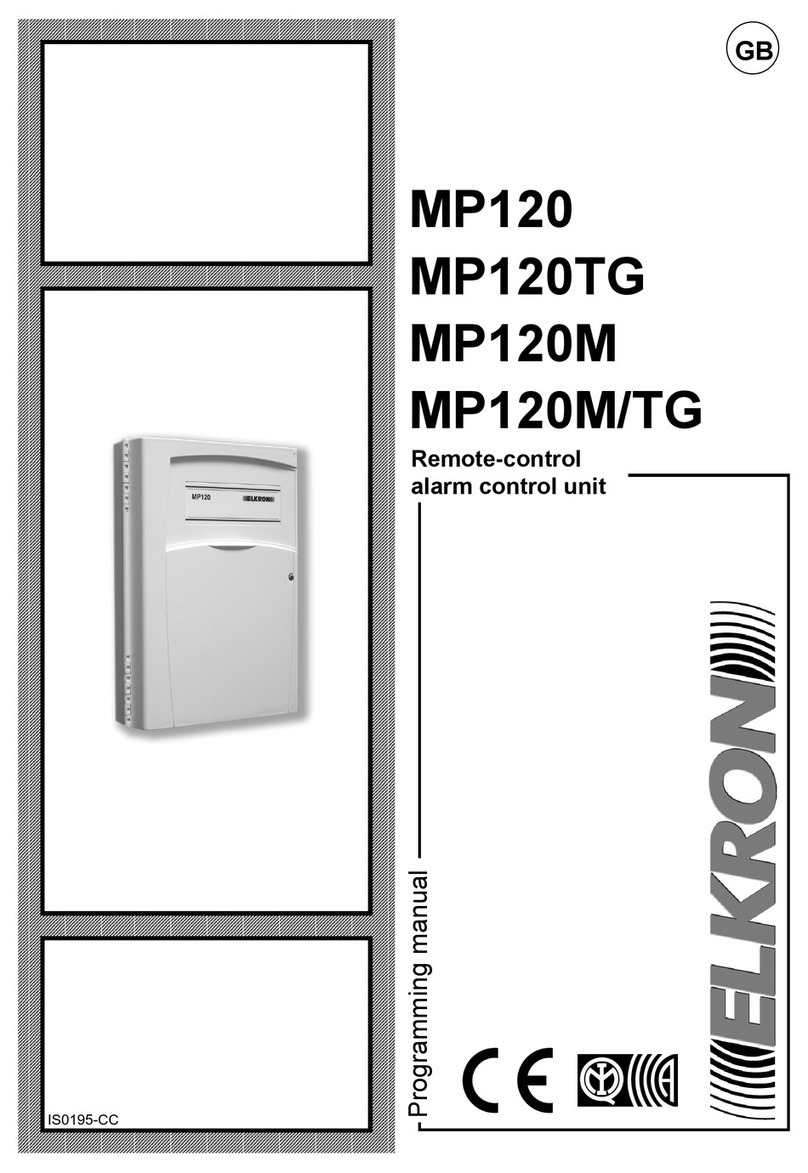
Installation and use MR16 3
SUMMARY
SUMMARY...................................................................................................................................................3
1 – GENERAL DESCRIPTION ....................................................................................................................5
1.1 SYSTEM ARCHITECTURE.................................................................................................................5
1.2 SYSTEM MAXIMUM DIMENSIONS....................................................................................................5
1.3 SYSTEM COMPONENTS...................................................................................................................6
1.3.1 Radio module MR16......................................................................................................................6
1.3.2 Micro contact DC500.....................................................................................................................6
1.3.3 Indoor IR detector IR500...............................................................................................................6
1.3.4 Indoor siren IS500.........................................................................................................................7
1.3.5 Outdoor siren HP500.....................................................................................................................7
1.3.6 Remote control RC500..................................................................................................................7
2 – USE........................................................................................................................................................8
2.1 ELEMENTS OF RADIO MODULE MR16............................................................................................8
2.2 VISUAL AND ACOUSTIC WARNING.................................................................................................9
2.2.1 Visual warning...............................................................................................................................9
2.2.2 Acoustic warning ...........................................................................................................................9
2.2.3 Details on visual warning.............................................................................................................10
2.3 WARNINGS FROM DETECTION DEVICES.....................................................................................11
2.3.1 Micro contact DC500...................................................................................................................11
2.3.2 Detector IR500 ............................................................................................................................11
2.4 WARNINGS FROM ACTUATION DEVICES (SIRENS)....................................................................12
2.4.1 Siren HP500................................................................................................................................12
2.4.2 Siren IS500..................................................................................................................................12
2.5 CONTROL DEVICE WARNINGS......................................................................................................12
2.6 ARM AND DISARM MODULE MR16................................................................................................12
2.6.1 From remote control....................................................................................................................12
2.6.2 From external control...................................................................................................................12
3 – SYSTEM DESIGN................................................................................................................................13
3.1 WARNINGS FOR CORRECT INSTALLATION.................................................................................13
3.2 OPERATING MODES.......................................................................................................................14
3.2.1 Detection devices alarm status....................................................................................................14
3.2.2 Physical sabotage .......................................................................................................................14
3.2.3 Radio sabotage or radio communications jammed .....................................................................14
3.2.4 Battery low condition ...................................................................................................................14
4 – INSTALLATION...................................................................................................................................15
4.1 RADIO MODULE MR16....................................................................................................................15
4.1.1 Fastening.....................................................................................................................................15
4.1.2 Connection to power supply........................................................................................................16
4.1.3 Connections to wired alarm control panel ...................................................................................17
4.1.4 Configuration of radio module MR16...........................................................................................22
4.1.5 Supervision function....................................................................................................................23
4.2 MICRO CONTACT DC500................................................................................................................23
4.2.1 Power supply...............................................................................................................................23
4.2.2 Acquiring detection devices.........................................................................................................23
4.2.3 Fastening.....................................................................................................................................24
4.2.4 Connection to external detectors.................................................................................................24
4.2.5 Configuration...............................................................................................................................25
4.3 IR INDOOR DETECTOR IR500........................................................................................................25
4.3.1 Power supply...............................................................................................................................25
4.3.2 Acquisition...................................................................................................................................25
4.3.3 Fastening.....................................................................................................................................26
4.3.4 Configuration...............................................................................................................................26
4.4 INDOOR SIREN IS500......................................................................................................................26
4.4.1 Power supply...............................................................................................................................26
4.4.2 Acquiring actuation devices.........................................................................................................27
4.4.3 Fastening.....................................................................................................................................27
4.4.4 Configuration...............................................................................................................................28
4.5 OUTDOOR SIREN HP500................................................................................................................28






































